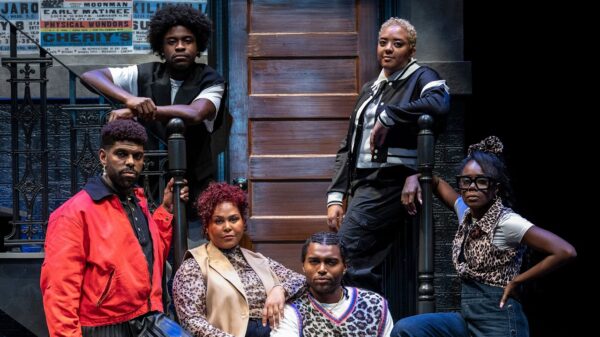
By Sasha Charlemagne, Staff Reporter
Melina Matsoukas, two-time Grammy Award winning director, is responsible for for the strikingly lush visuals we’ve seen in the music videos for Beyonce’s “Formation” and Solange’s “Losing You.” Bringing her signature, richly-colored style to the silver screen as the director of her first feature film was just as captivating as anticipated by those of us who have followed her work over the past few years.
Queen & Slim, starring Hollywood newcomer Jodie Turner-Smith and Get Out star Daniel Kaluuya, is a heart wrenching analysis of our current sociopolitical state as a nation and beyond. The film follows Queen, played by Turner-Smith, and Slim, played by Kaluuya, on the run toward freedom during a six-day police chase reminiscent of Bonnie and Clyde’s.
Matsoukas’ unique cinematographic style and firm grasp on properly illuminating Black characters made the film’s visual impact strong enough to stand alongside Lena Waithe’s brilliant screenplay. Closely focused stills allow the audience peaceful moments in the midst of chaos to take in the beauty of our protagonists and their love story. Landscapes dominated a lot of the shots, serving as a time marker for the week-long journey and a lush backdrop for the symbolism present throughout the film.
Costume designer, Shiona Turini, did an excellent job of using clothing as an added characterization and storytelling element. Each look was symbolic of the characters and helped aid in their character development.
Matsoukas explained that she wanted the soundtrack to emulate the popular film soundtracks of her youth, such as Love Jones. From Blood Orange to Solange, the soundtrack to Queen and Slim’s tumultuous adventure is full of Black creativity and has clear potential to become a soundtrack we return to for nostalgia in the years to come. Each song worked to create an overarching theme of Black empowerment and served as an additional sensory experience building the world of Queen & Slim.
As the topic of police brutality and systematic violence against Black bodies is more frequently broached in entertainment, Queen & Slim manages to avoid feeling performatively political. The love story between two dark skinned Black people as they navigate a seemingly impossible struggle stands at the forefront of this film. To honor Black love while analyzing the injustices our community faces is a choice that allows for multidimensional conversation surrounding the film.
Queen & Slim is a love story at its core. To fall in love and to be loved in the midst of tragedy is a powerful symbol of strength and this film allows for Black people to be centered in that power.









